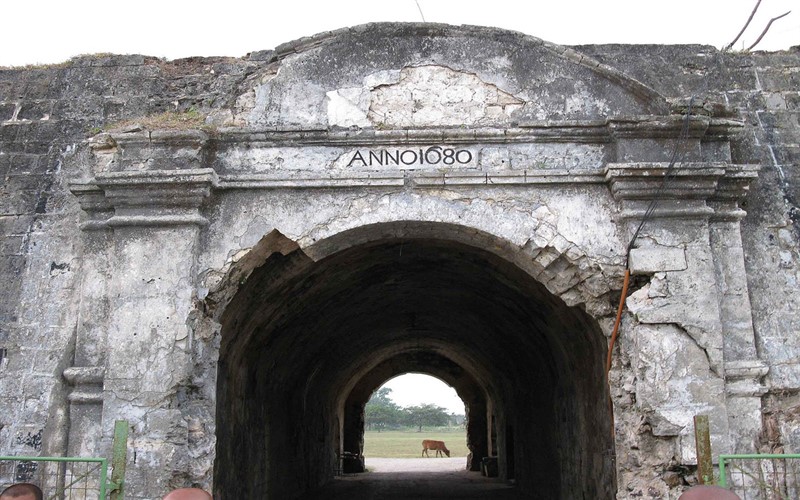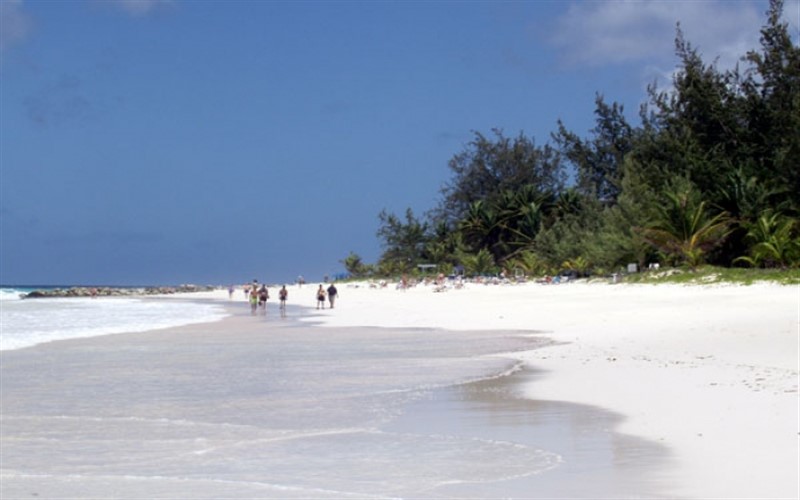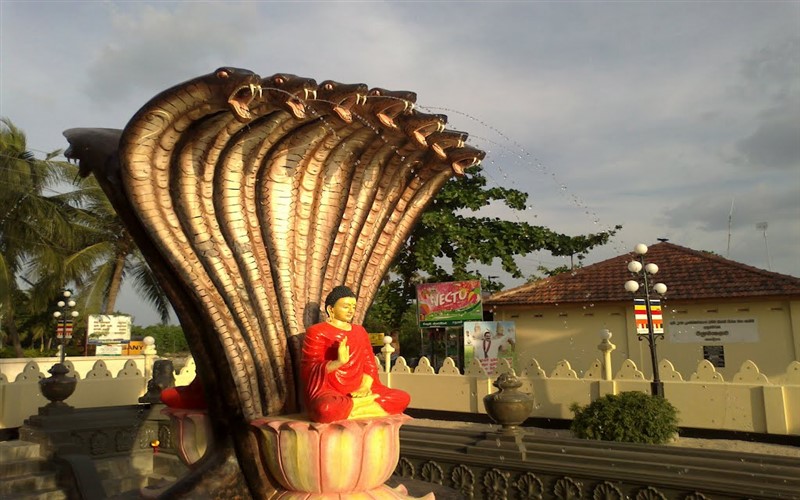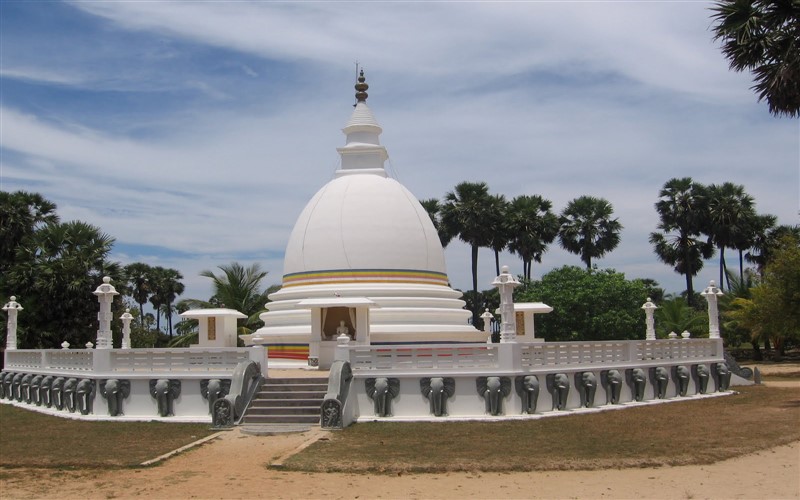

Located almost at the northernmost tip of the island, Jaffna was once a city rich with learning and culture. Ruined by the civil war that lasted for three decades, only some of the past glory can be glimpsed today. The region is only gradually emerging from the long years of isolation and fighting.
The Jaffna town is fascinating with its eclectic mixture of colonial charm and vibrant Tamil culture. The people of Jaffna are friendly and the city can be reached via land or air. The Jaffna Peninsula is linked to the rest of the land mass through Elephant Pass, a causeway across which elephants used to wade. The surrounding islands of Jaffna are interesting and hold many sites such as remote temples, beaches and more offbeat attractions waiting to be explored. The Dutch Fort on the Neduntivu islet and the Nallur Kovil are several must-visit sites.
The Palmyrah palm with its elegant fan-like fronds is a common sight in Jaffna. Locals tap it for toddy, the sap from its cut flowers; like the sap of the coconut or kittul palm, this liquid can be distilled to make arrack or processed into jiggery, palm sugar.

A walk around Jaffna Fort built by the Dutch offers a different perspective of the town and brilliant views over the lagoon.

A visit to Jaffna is not complete without a visit to this remarkable kovil. Visiting during pooja time is an amazing experience as you witness worshippers praying to the many statues of gods.

Casuarina beach is considered to be the best beach in Jaffna. One can walk a long way in the deep blue water with gentle waves moving towards the land.

Point Pedro marks the northern most part of the island. The peninsula reveals a white sandy beach dotted with colourful fishing boats on turquoise blue water.

Take the ferry (an interesting experience) to Nagadeepa Viharaya and Kovil - the first place Lord Buddha is said to have visited on his visits to Sri Lanka.

Dambakola Patuna is an ancient port in the north of Jaffna. After Mahinda Thera introduced Buddhism to the island, his sister Theri Sanghamitta arrived in Sri Lanka with a Sacred Bo Sapling one year later to this port.

Journeying to the different islands is also a must. Some islands can be accessed via the causeways and others have to be reached by ferry. Both options provide an interesting travel experience.
The library was built in 1933 and burnt in 1981. During the early 1980s, it was one of the biggest libraries in Asia, containing over 97,000 books and manuscripts. In 2001, rehabilitation of the library was completed. It is Sri Lanka‘s second main public Library only rivaled by the Library in Colombo.